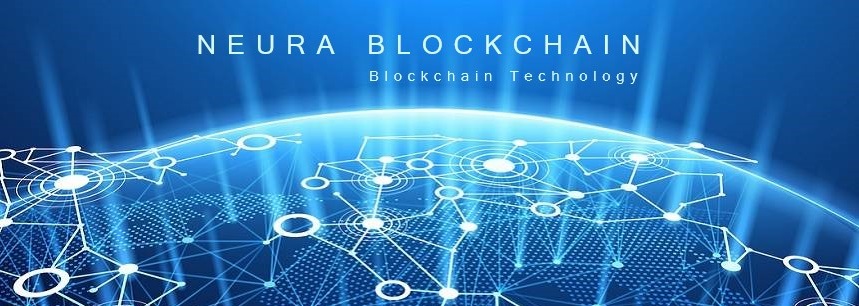From one day to the next, Blockchain technology seems to have appeared in our lives and promises to revolutionize everything as we know it. But, beyond the promising practical application it offers us, this blockchain-based technology has not appeared out of nowhere.
Before even considering its feasibility, cryptographic technology (as a security method based on encrypting data to unauthorized recipients) has been researched for years: at first exclusively by the military and governments, later in algorithm research that developed the public key signatures and electronic signatures we know today. Thus, we arrived in the 1990s, a time when various computer projects appeared that sought interaction between users without the need for intermediaries and preached freedom of information.
What is Blockchain?
Blockchain is, by way of simplification, a digital ledger (ledger in English) that allows, through the use of computers, the storage of updated information permanently, with all copies of all computers being synchronized with each other.
A blockchain is a registry, like a ledger containing digital data, which is distributed or shared among many people at the same time. It can only be updated by the consensus of the majority of participants in the system.
When one person sends money to another, that transaction is represented in the Blockchain network as a block, which is transmitted to very diverse places within this financial network. At that moment, other users appear on the scene, who are the ones who approve that that transaction is valid, and automatically after it is approved it is added to the chain, making its transparency clear. Once the block has been correctly tied up, the receiver has his money.
Does it really give confidence that a group of strangers inspect and validate the transactions you make?
It may raise concerns that there is no centralized institution that organizes it. Currently all the platforms we make use of over the internet are backed by a central authority that we trust (bank accounts, Whatsapp, Google, etc.). In Blockchain, in order to forge an entry in a blockchain it would be necessary to simultaneously convince more than half of the people involved in the digital record we are referring to. Which is complicated to say the least.
No one knows who is who within the Blockchain network, only a transfer from one digital account to another is observed. In addition, as it is a decentralized network without a main computer, called P2P networks, everything is accounted for without the ability to be hacked.
In short, Blockchain represents a collaborative ledger written by consensus. The distribution of this consensus results in an incorruptible record of events that are recorded.
The Blockchain network is not always linked to money. There is, for example, the token, which is the representation of an information hosted on the network, so it can be any asset, good or service, not necessarily financial. Token transfers travel encrypted, so their distribution is secure and their content is not revealed, whether they are bitcoins or a car rental.
What characterizes the Blockchain system
A main feature of the Blockchain system is based on privacy, respecting identity thanks to the use of cryptographic keys. Moreover, since it is not allowed to be altered, it is a system that provides transparency in its operations. For this reason, it is considered to be the most important trust-giving technology in history, to the point of making it possible to dispense with the use of intermediaries in the registration of transactions.
This leads us to the decentralization it implies, as it does not require any type of institution to regulate or approve its operation.
Moreover, this feature has always been one of the ideological pillars that have accompanied this project. Jeff Garzik, a renowned developer, said about Satoshi Nakamoto, who is credited with the creation of the Bitcoin system, "Satoshi published an open source system so that no one needed to know who he was or what knowledge he had. Open source software makes it impossible to hide secrets. The source code speaks for itself."
At the same time, it reduces logging and data control tasks. Blockchains avoid duplicate logging, only one log regardless of the number of participants.
Decentralization and not having a central node where all the information is agglutinated means that the intervening parties have full confidence in this technology. Its immediacy minimizes the counterparty risk produced in other transactions, where the payment commitment takes several days to be executed, thus avoiding risks of non-payment, bankruptcy or fraud during the payment process.
On the other hand, Blockchain has a scalability problem, the transaction speed is slow (due to the time it takes for each block to close) and the size of its database is growing exponentially. Currently the size of the blocks is over 100Gb, which makes its use at a domestic level not viable.
At the same time, we find a lack of regulation by legislative systems, giving rise to uncertainty in its use as it is not known what kind of regulations States and Central Banks will undertake in the future regarding this technology.
#Blockchain #Criptos #DeFi #Altcoins
Alejandro O. Asharabed Trucido
+54911 5665 6060
Buenos Aires, 2021, 28 de julio


No comments:
Post a Comment